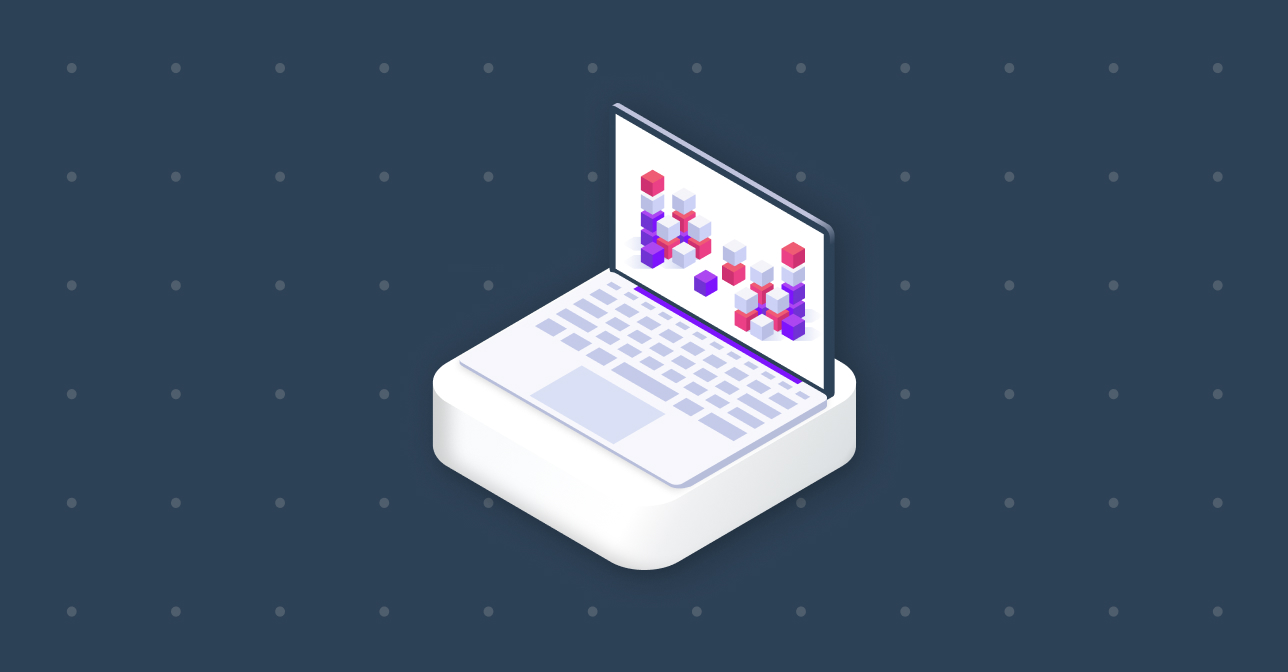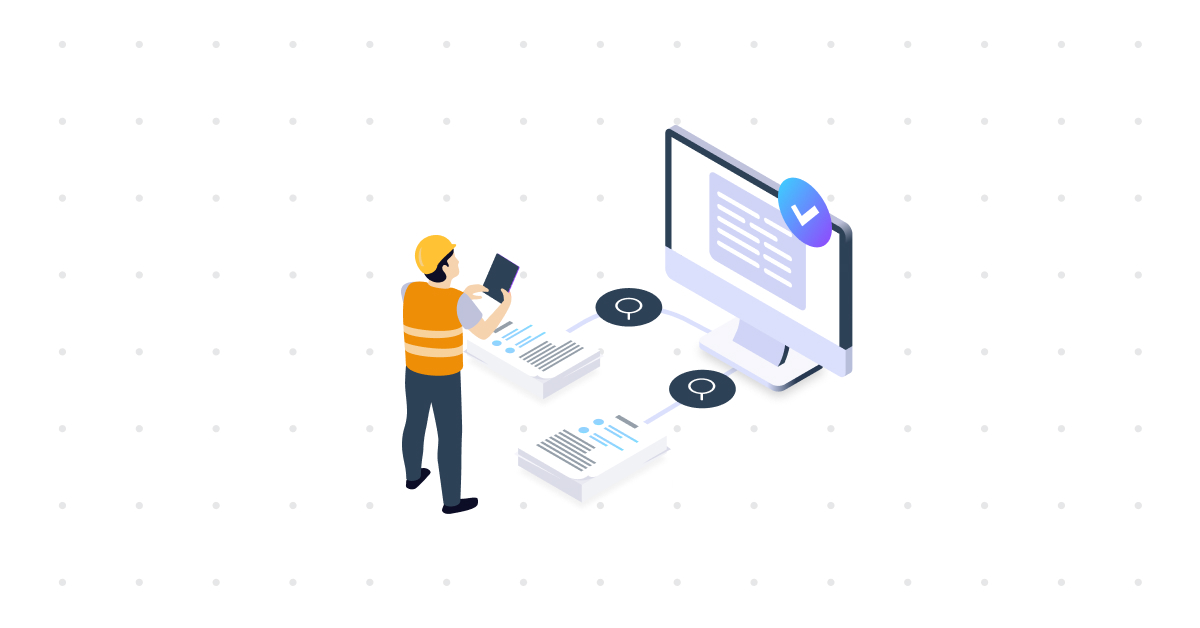Interoperability is Gaining Traction as Data Sharing Evolves
- Insight
In basic terms, interoperability is the ability of computer systems to work together. This means that they can connect to each other, understand each other, and seamlessly communicate and exchange information.
This creates the conditions for effective data sharing between systems. However, to do this, it is crucial to ensure that all the systems and databases involved can understand and process each other’s data.
Interoperability should allow systems to freely use the exchanged information and remove the limitations of systems that don’t work harmoniously. Exchanging data between systems allows organizations to interact better and work towards mutually beneficial goals.
There are three levels of interoperability:
- System level: allows data exchange from one technology system to another without interpretation.
- Structural level: defines the structure and syntax of the data exchange at the data field level.
- Semantic level: uses the data schema and vocabulary so systems can exchange data with unambiguous, shared meaning.
What Challenges Does it Solve?
Making data interchangeable between different software avoids a situation where data becomes siloed. Solving the problem of integrating different software means you no longer have data silos with proprietary data models. This ensures that all data models fit together seamlessly. With ‘seamless’ data sharing, collaborating and exchanging information is no longer hard.
It is now possible to easily manage inconsistent information across multiple sources. This allows for the creation of common standards and protocols for better communication between different systems. The high cost of hiring specialists to manage isolated islands of data difficult to extract and use properly has disappeared.
This is a common issue as typically, you find one data silo per software application. With data that is findable, accessible, interoperable, and reusable (FAIR), you gain significant flexibility. You are no longer limited by applications and data structures that are optimized for a specific purpose. You also avoid groups within a company from creating data silos for their own political purposes. Moreover, you avoid the switching costs that vendors impose by locking in silos to serve their own interests.
Why is Interoperability so Important?
Interoperability is crucial for facilitating seamless information exchange across various private and public organizations. When a company has different departments or when organizations need to exchange information across sectors, interoperability removes any data-sharing restrictions that might exist.
It creates a fundamental shift in how companies can extract the true value of data by treating it as an asset for shared intelligence rather than something to simply be captured.
Interoperability gives companies the freedom to choose the applications that best suit their business needs. It creates the kind of data-centricity that removes silos and unites people, organizations, and society by making data a key asset for all. With data that does not rely on any application for interpretation and meaning and is expressed in open formats (e.g. RDF, JSON-LD, XML), systems are not limited in how they access the data and work their magic. The results are then seamlessly fed back into the data layer without the need for manual intervention.
Why you should invest in Interoperability?
In today’s digital business landscape, data is the oil fuelling innovation and progress. The seamless availability of different types of data allows multiple systems to work together. It allows companies to grow and become stronger, allowing consumers to benefit from better products and services.
Interoperability has many advantages in helping companies eliminate conflicting data, increase productivity, reduce errors and costs, and improve compliance. According to the Interoperable Europe Act (IP/22/6907), promoting interoperability can lead to substantial cost savings, making it essential reading for understanding its efficiency impacts
With enhanced data quality, more cohesive information, and synchronized technology, interoperability is changing the game. It is vastly improving the way we collaborate to solve real-world problems.
To learn how the Laces Suite helps you promote interoperability and easily share information between different software, book a demo today.
The Five Biggest Challenges in Creating Statements of Requirements for Engineering Teams
If you work in engineering, you don’t need anyone to explain what a statement of requirements (SoR) is. Every new project, whether it involves a bridge, tunnel, road expansion, or water facility, begins with the same process: collecting all requirements, structuring them, validating them, revising them, and ensuring that no critical requirement is overlooked. SoRs […]
ReadStructure, Link, and Reclaim Control Over Requirements
In today’s complex engineering landscape, clarity is non-negotiable whether you’re working on a new satellite platform, an electric vehicle, or a regional water system. The systems we build are more complex, integrated, and dependent on data than ever before. And yet, one of the most critical ingredients for success, the specification, is still too often […]
ReadWhy You Should Use Laces to Simplify Verification and Compliance
Verification plays a critical role in industries where precision, safety, and accountability are non-negotiable, whether you’re designing infrastructure, building vehicles, or manufacturing medical devices. Yet, for many teams, managing the verification process is still a complex, manual, and error-prone task. This is where the Laces Requirements Manager comes in. It simplifies the planning and execution […]
Read


